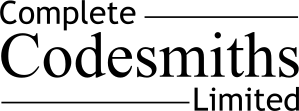
In 2000 we help a major German investment bank solved a problem which had come about due to their sheer scale, and the fact that they had a habit of aquiring other businesses and folding them into their own organisation. Simply put, they found themselves with too many systems for recording trades and for calculating the associated profit and loss - with no easy way to pull that information together.
We worked on a data-warehousing project which:
(a) received data from the bank’s core trading and back-office systems,
(b) reconciled those source systems,
(c) allowed manual and automatic adjustments to be applied, and
(d) generated PC- and Web-based consolidated P&L and balance sheet reports.
We were primarily responsible for a sub-system that received trade, P&L and brokerage data as XML (FpML, specifically) documents and loaded it into the data warehouse (implemented using Microsoft SQL Server 7.0). There are obviously many ways to take hierarchical XML data and load it into a relational database. However, back in 2000 our options were more limited that they would be currently. We opted to use XSLT to transform each XML document into a series of simple SQL INSERT statements, which were then applied to the data warehouse. The process was orchestrated by a Visual Basic 6.0 service.
|
⮜ Previous: Case Study 2 Calling Card Billing and Collection System |
Next: Case Study 4 ⮞ New Tax Credits Project at Microsoft UK |